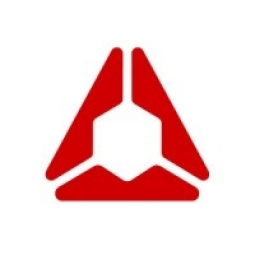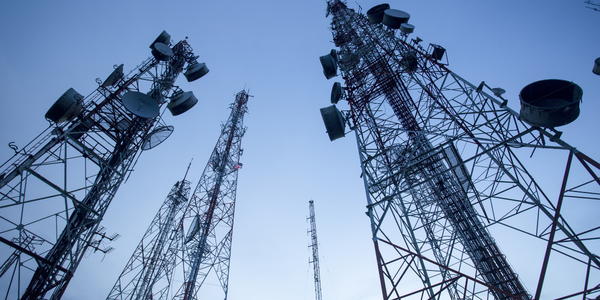Technology Category
- Cybersecurity & Privacy - Intrusion Detection
- Networks & Connectivity - Global Navigation Satellite System (GNSS)
Applicable Industries
- Cement
- Telecommunications
Use Cases
- Counterfeit Product Identification
- Fraud Detection
About The Customer
The customer in this case is the Austrian Space Forum (OeWF), a national space organization that focuses on space research and technology. They have partnered with Spire, a data and analytics company that collects data from space to solve problems on Earth. Together, they have launched ADLER-2, a second-generation in-orbit space debris detector. This project is a part of their mission to tackle the growing problem of space debris and ensure the sustainability of space exploration. The ADLER-2 project is a testament to their commitment to innovation and collaboration in the field of space technology.
The Challenge
The increasing space activity has led to a surge in the amount of debris in Earth’s orbit. This debris poses a significant threat to the satellites that power much of modern life and future space exploration. The challenge lies in accurately monitoring and analysing orbiting space debris and junk in real-time, especially the small fragments that can pose a threat to satellites and astronauts. The current methods of monitoring, which include using second-hand sources, computer models, and optical detectors, are limited in their effectiveness and scope. The need for a more efficient and accurate system to track and analyse space debris is evident.
The Solution
In response to this challenge, the Austrian Space Forum (OeWF) and Spire have collaborated to develop ADLER-2, a second-generation in-orbit space debris detector. This innovative solution leverages nanosatellite technologies and is expected to increase the debris detection rate by 80%, supplementing existing computer models. Spire’s ‘Space as a Service’ option is a key feature of this project, eliminating the high upfront cost of building and maintaining space infrastructure. The ADLER-2 will carry a remote sensing payload to study clouds and aerosols in the atmosphere and track micro space debris in Earth orbit at an altitude of around 500 km. This innovative approach aims to provide a more accurate and comprehensive understanding of space debris.
Operational Impact
Quantitative Benefit

Case Study missing?
Start adding your own!
Register with your work email and create a new case study profile for your business.
Related Case Studies.

Case Study
System 800xA at Indian Cement Plants
Chettinad Cement recognized that further efficiencies could be achieved in its cement manufacturing process. It looked to investing in comprehensive operational and control technologies to manage and derive productivity and energy efficiency gains from the assets on Line 2, their second plant in India.

Case Study
Vodafone Hosted On AWS
Vodafone found that traffic for the applications peak during the four-month period when the international cricket season is at its height in Australia. During the 2011/2012 cricket season, 700,000 consumers downloaded the Cricket Live Australia application. Vodafone needed to be able to meet customer demand, but didn’t want to invest in additional resources that would be underutilized during cricket’s off-season.

Case Study
SKT, Construction of Smart Office Environment
SK T-Tower is the headquarters of SK Telecom. Inside the building, different types of mobile devices, such as laptops, smartphones and tablets, are in use, and with the increase in WLAN traffic and the use of quality multimedia data, the volume of wireless data sees an explosive growth. Users want limitless Internet access in various places in addition to designated areas.










